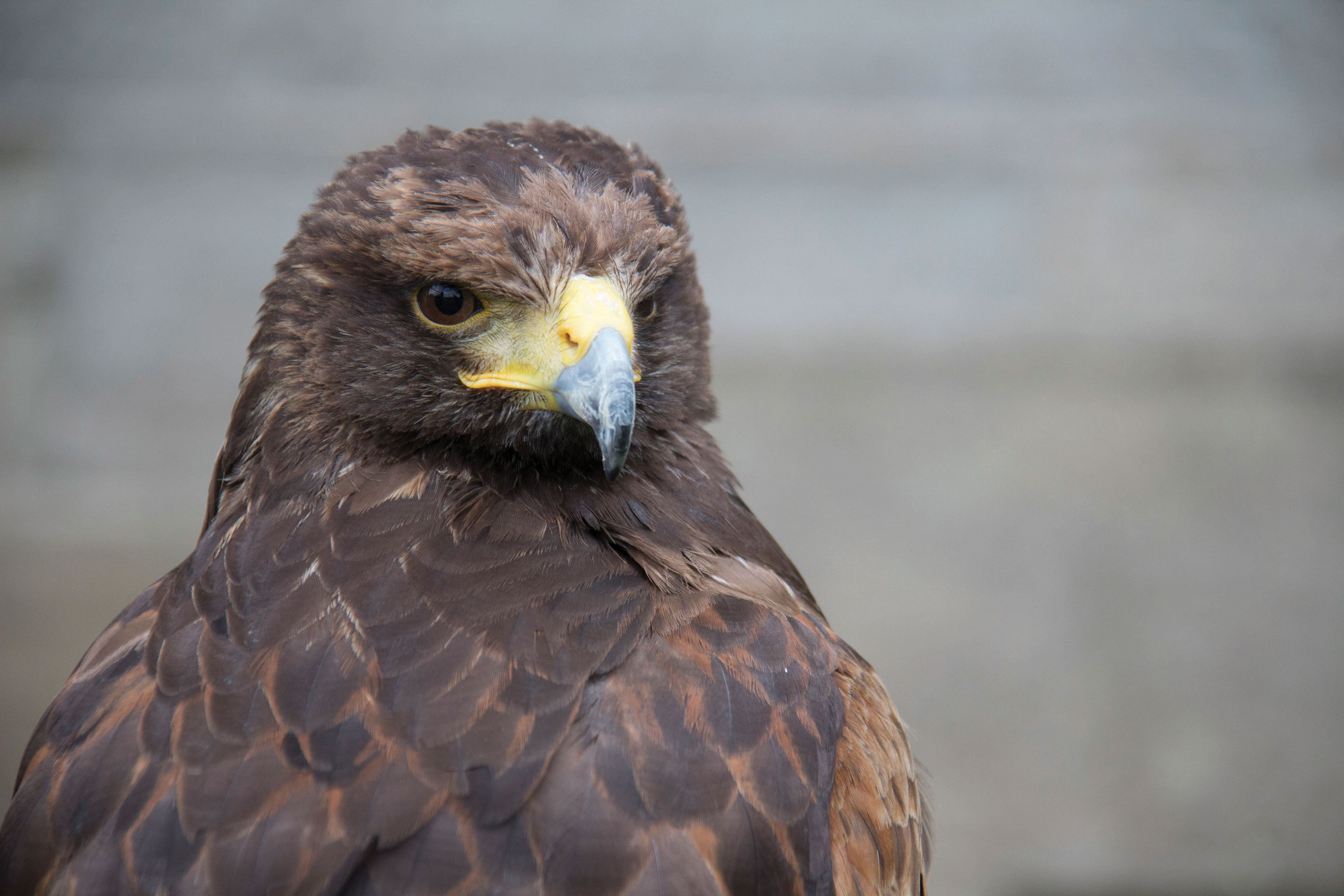Why you can trust Digital Camera World
Straight out of the camera, image quality from the EOS 1300D is great. Anybody who is new to photography should be impressed but, crucially, anybody who is using something else higher up in Canon’s line-up should find that the images can compete with what they already have. That makes it a good choice as a second camera that you attach a lens to for grabbing extra shots when it’s not practical to swap lenses.

The 18MP sensor inside the EOS 1300D has proven itself before, and here again it does well to produce a good level of detail, especially when prints are kept to A3 (420 x 297mm) or below. Low light is not the camera’s forte, however: although ISO 6,400 produces usable images at A4 or below, the expansion ISO setting of 12,800 is best avoided unless necessary, or unless you intend only to make very small prints from the shot.

On the whole, the default evaluative metering does well. As with most other Canon cameras, however, it can be a little skewed if the subject underneath the active point is particularly bright or dark, so you may find yourself dialling in exposure compensation at times. The automatic white balance system copes reasonably well with artificial lights, producing a slightly warmer tone than is accurate, but still pleasing enough.
In terms of processors, the DIGIC 4+ engine is a few generations old – the latest version available is DIGIC 7. That’s beginning to show in cameras like this, where it takes a couple of seconds for images to be displayed on screen if you take quite a few in quick succession. It would be nice if Canon had been able to equip the EOS 1300D with something a little newer, but by using older technology, the price is kept down.

Autofocusing speeds are generally very quick, but are dependent on the lenses you’re using with the camera. AI Servo for tracking a subject is fine for reasonably slow moving subjects, but it’s really not a camera for action and sports photography.
The best camera deals, reviews, product advice, and unmissable photography news, direct to your inbox!
Amy Davies has been writing about photography since 2009, and used to be a colleague on Digital Camera magazine and Techradar.com. She now works as a freelance journalist writing for nclude Amateur Photographer, Stuff, Wired, T3, Digital Photographer, Digital Camera World, TechRadar, Trusted Reviews, ePhotozine and Photography Blog. She has an undergraduate degree in journalism and a postgraduate diploma in magazine journalism, both from Cardiff Journalism School.


